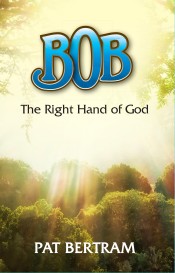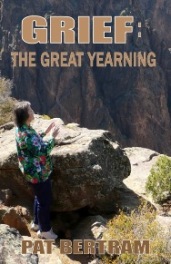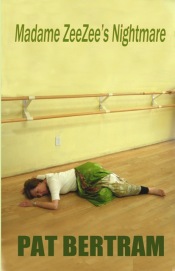I’m continuing with my daily tarot readings, though I have reverted to a single card reading. I’ve also started to use the same deck all the time rather than switching to a different one each month. The Crowley Thoth deck is not one I particularly like, but I do have a great handbook that goes with the deck: Tarot Mirror of the Soul.
As the title suggests, this particular guidebook, more than any other, uses the tarot as a mirror to reflect inner realities without judgment and to offer new perspectives. Ideally, anyway. Admittedly, the tarot itself it a tool for self-exploration, though I have not often found it to be so. This book, though, gives me something to reflect on each day. Often the focus doesn’t seem to reflect my life except in a general way, but other times it accurately reflects what I am thinking.
For example, I’ve been trying to decide if I want to continue with the sole remaining group/club I belong to. At the beginning, it was fun; there were only a few members and I liked them all. A couple of them even became good friends. Because of the busyness of life, this is about the only time I see these people, which is a good reason to keep up with the group. Another good reason is that since it’s the only group I belong to, it’s the only time, other than my job, where I routinely see people.
But, as with all things, over the past couple of years, the group changed. There are a lot more people now, more than I am comfortable being around. Also, with more people come more issues, such as cliques and undercurrents and those who want to make it all about themselves. I get the feeling I’m the only one who senses these things because all the other members seem to have embraced the new people without realizing — or caring — how much things have changed, which make me feel like an outsider.
Unfortunately, the good and the bad seem equally balanced, making the decision of whether to stay with the group impossible.
This inner conflict was in the back of my mind when I picked yesterday’s card — the eight of swords. The Mirror of the Soul cautions, “You will not be able to come to a decision analytically. Your doubt, or fears of making the wrong choice, constantly destroys your inner clarity. No matter where you turn, no satisfactory solution seems to exist. The more you try to untangle the ball of yarn, the tighter the knots become.” The Mirror of the Soul goes on to offer this solution to the conundrum: “Relax and let things develop on their own. The problem which seems unsolvable now will find its own solution in its own way.”
Good advice, for sure, and I planned to follow it, though I was so taken with the tarot reading and the way it reflected what I was feeling, that I’d been thinking about how to present both the problem and the tarot’s solution in a blog post. Apparently, the tarot doesn’t think this is good enough because today’s card was the same as yesterday’s, with the same admonition to relax and let things develop on their own.
Something to reflect on, that’s for sure!
***
Pat Bertram is the author of Grief: The Inside Story – A Guide to Surviving the Loss of a Loved One. “Grief: The Inside Story is perfect and that is not hyperbole! It is exactly what folk who are grieving need to read.” –Leesa Healy, RN, GDAS GDAT, Emotional/Mental Health Therapist & Educator.



















